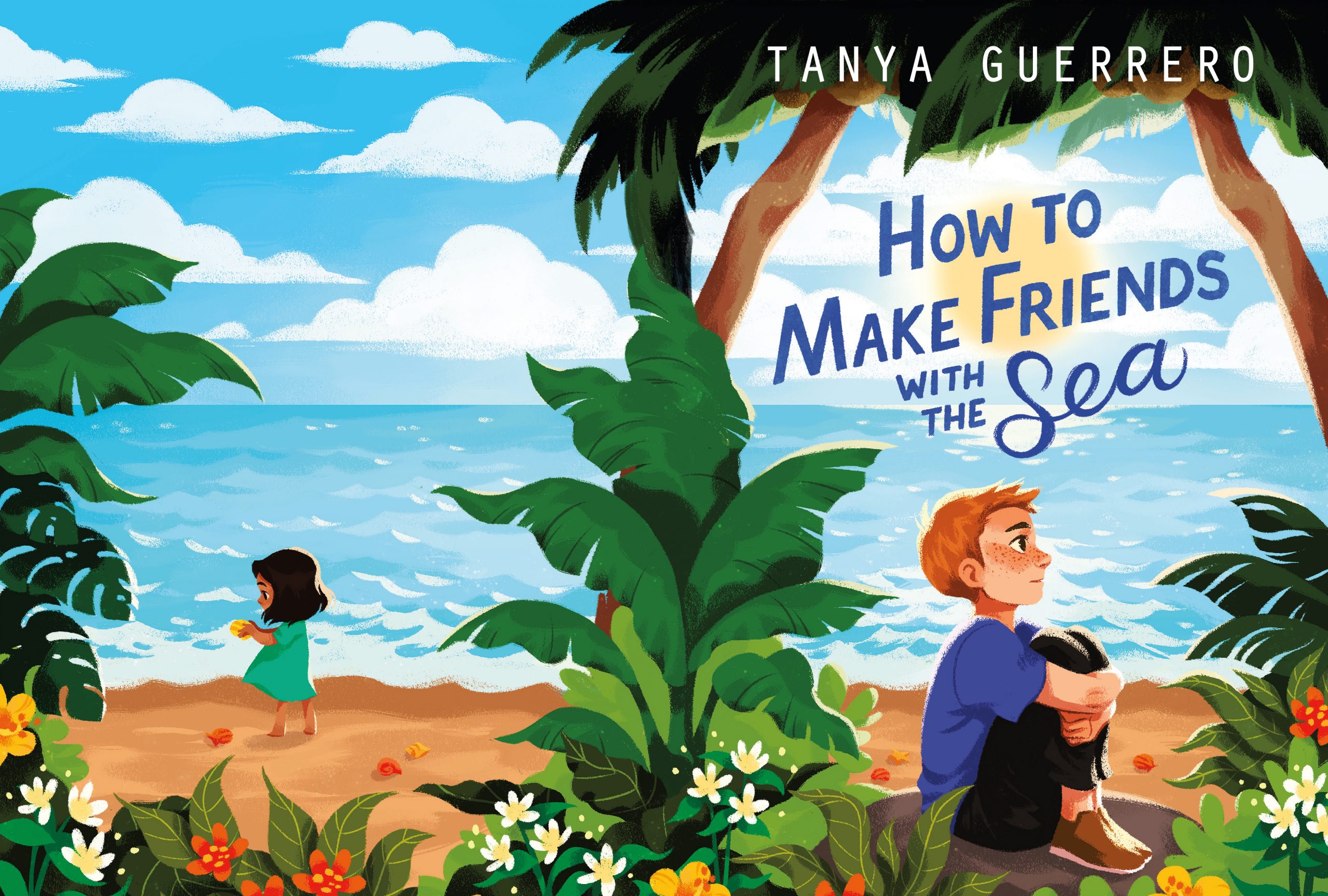Physical Address
304 North Cardinal St.
Dorchester Center, MA 02124
Physical Address
304 North Cardinal St.
Dorchester Center, MA 02124

Tanya Guerrero’s “How to Make Friends with the Sea” is an evocative middle-grade novel set against the vibrant backdrop of the Philippines. The story centers on twelve-year-old Pablo, a boy grappling with anxiety and the challenges of constant relocation due to his parents’ divorce. When Pablo’s mother, a dedicated zoologist, decides to foster Chiqui, an orphaned girl, Pablo embarks on a transformative journey. This How to Make Friends with the Sea book review delves into the heartwarming and sometimes contentious themes explored in Guerrero’s debut novel.
Tanya Guerrero meticulously crafts Pablo’s character, presenting a relatable depiction of a young boy overwhelmed by fears and the instability of a nomadic lifestyle. His phobia of the ocean, coupled with obsessive-compulsive tendencies, creates a compelling narrative of a child struggling to find his place in the world. Guerrero’s portrayal of Pablo’s anxiety is both sensitive and realistic, allowing readers to empathize with his plight. As Pablo’s mother immerses herself in her work at a wildlife refuge, Pablo feels increasingly isolated, his silent cries for help poignantly captured in Guerrero’s prose.
The introduction of Chiqui into Pablo’s life marks a pivotal turn in the narrative. Initially, Pablo’s reluctance and discomfort with Chiqui’s presence are palpable. However, as he becomes more involved in her life, he finds strength in helping her navigate her challenges. Chiqui’s character, though secondary, catalyzes Pablo’s personal growth, highlighting themes of empathy, resilience, and the power of human connection.
Despite its many strengths, “How to Make Friends with the Sea” has drawn criticism for its portrayal of Filipino culture. Some readers, mainly those familiar with the Philippines, have expressed concerns about the book’s depiction of Filipino characters and societal issues. The narrative’s handling of Chiqui’s background, particularly the revelation about her grandfather’s alleged communist ties, has been seen as culturally insensitive, especially given the current political climate in the Philippines.
As a parent, addressing these concerns is essential when discussing the book with young readers. Encouraging critical thinking about the cultural contexts and representations in literature can enhance a child’s understanding and appreciation of diverse perspectives. This approach fosters reading literacy in the Philippines and nurtures a more inclusive and empathetic worldview.
For parents, “How to Make Friends with the Sea” offers a valuable opportunity to discuss anxiety, mental health, and the importance of compassion with their children. The book’s depiction of Pablo’s struggles can open dialogues about coping mechanisms and the significance of seeking help. Additionally, the evolving friendship between Pablo and Chiqui underscores the importance of acceptance and support in overcoming personal fears.
Tanya Guerrero’s debut novel explores a young boy’s journey toward self-acceptance and bravery. While it successfully addresses themes of anxiety and resilience, it is also essential to approach its cultural portrayals with a critical eye. This How to Make Friends with the Sea book review acknowledges the book’s potential to resonate deeply with young readers while also highlighting the importance of cultural sensitivity.
In conclusion, “How to Make Friends with the Sea” can be a powerful tool for parents and educators to discuss complex issues with children, fostering emotional and intellectual growth. Through its rich narrative and relatable characters, it stands as a testament to the enduring strength of the human spirit.